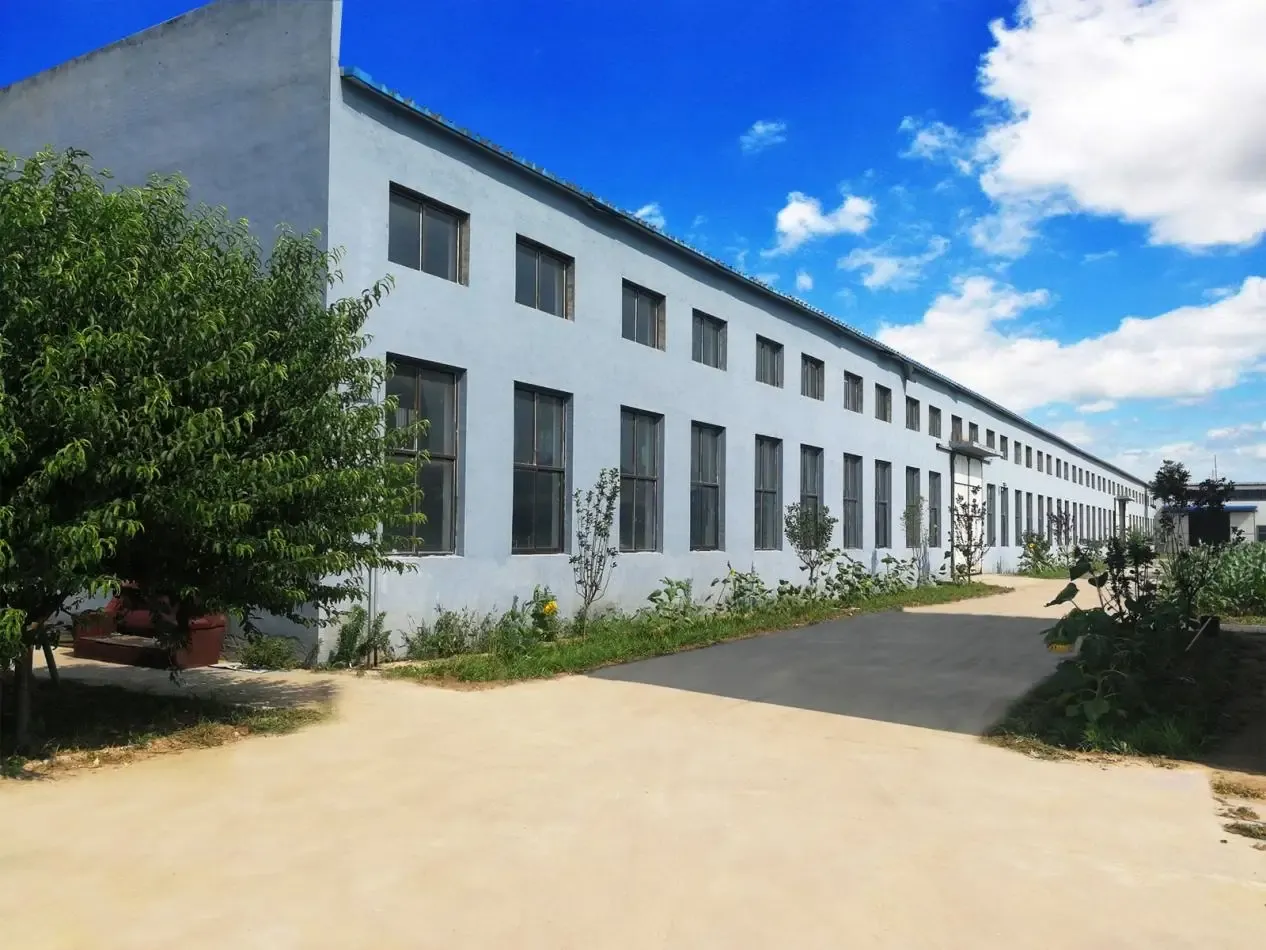ਦਸੰ. . 01, 2024 10:43 Back to list
cable wire manufacture
The Manufacturing of Cable Wire An Essential Industry in Modern Infrastructure
Cable wire manufacturing plays a critical role in various sectors, ranging from telecommunications to electrical distribution, and its significance continues to grow as technology advances. The production of cable wires is a complex process that involves multiple stages, from raw material selection to final testing and distribution. This article delves into the world of cable wire manufacturing, exploring its processes, types of cables, and the industry’s impact on modern infrastructure.
Understanding Cable Wire Manufacturing
The process of manufacturing cable wire begins with the selection of raw materials. High-quality copper or aluminum is often the preferred choice for electrical conductor wires due to their excellent conductivity and flexibility. Additionally, insulated materials such as polyvinyl chloride (PVC), polyethylene, or rubber are utilized to protect the conductors and ensure safety during use. The quality of these materials is paramount, as they directly affect the performance and longevity of the final product.
The manufacturing process typically involves several key steps
1. Wire Drawing This is the initial stage where raw metal is drawn through a series of dies to produce thin wires of specified diameters. The drawing process not only reduces the wire’s diameter but also increases its strength through work hardening.
2. Stranding In this stage, multiple strands of wire are combined to form a thicker wire or cable. This process improves flexibility and reduces the overall weight of the cable, allowing for easier handling and installation.
3. Insulation The next step involves applying an insulating layer around the stranding cables. This is crucial for preventing electrical leakage, protecting against environmental factors, and ensuring user safety. The insulation material is chosen based on the specific requirements of the end application.
4. Jacketing After insulation, a protective outer layer, known as the jacket, is applied. This layer provides additional protection against mechanical damage, moisture, and chemicals. The type of jacketing material used can vary depending on the installation environment and regulatory requirements.
5. Testing Once the cables are assembled, they undergo rigorous testing to ensure quality and compliance with industry standards. Tests may include electrical conductivity checks, insulation resistance tests, and environmental stress tests to verify that the cables can withstand various conditions.
cable wire manufacture

Varieties of Cable Wires
Cable wires come in many different forms, each designed for specific applications
- Power Cables These cables are used in electrical distribution systems and are designed to transmit high-voltage electricity. Power cables can be either underground or overhead and are often heavily insulated to handle the significant electrical load.
- Communication Cables These include telephone wires, data transmission cables, and fiber optic cables that enable communication networks. The demand for high-speed internet and efficient communication infrastructures has significantly driven the growth of this category.
- Control and Instrumentation Cables Used in manufacturing and automation processes, these cables facilitate the connection between control panels and machinery. They are designed to withstand extreme conditions and interference.
The Impact on Modern Infrastructure
The cable wire manufacturing industry is essential for the development and maintenance of modern infrastructure. As cities expand and technology evolves, the demand for reliable and efficient cable systems continues to grow. Developing renewable energy sources, building smart cities, and implementing advanced telecommunication networks all rely on high-quality cable wires.
Moreover, the industry is also increasingly focusing on sustainability. Manufacturers are seeking ways to reduce waste, recycle materials, and utilize eco-friendly production processes to minimize their environmental footprint. Innovations like biodegradable insulation materials and the development of smart cables equipped with sensors for real-time data monitoring are paving the way for a more sustainable future.
Conclusion
Cable wire manufacturing is a pivotal industry that supports the backbone of modern society. As the world transitions to a more interconnected and electrified future, the demand for high-performance cable wires will only continue to rise. By focusing on advanced manufacturing techniques, quality materials, and sustainable practices, the cable wire manufacturing sector can effectively meet the needs of contemporary infrastructure while fostering innovation and growth. The future holds exciting possibilities for this essential industry, making it a vital component of our evolving technological landscape.
Share
-
Y Strainers: Protecting Your Pipes with PrecisionNewsAug.27,2025
-
Wafer Type Butterfly Valves: Reliable Flow Control SolutionsNewsAug.27,2025
-
Wafer Type Butterfly Valves: Essential Components for Efficient Flow ControlNewsAug.27,2025
-
Reliable Flow Control with High-Quality Check ValvesNewsAug.27,2025
-
Reliable Flow Control with Gate ValvesNewsAug.27,2025
-
Innovative Check Valves for Reliable Flow ControlNewsAug.27,2025


